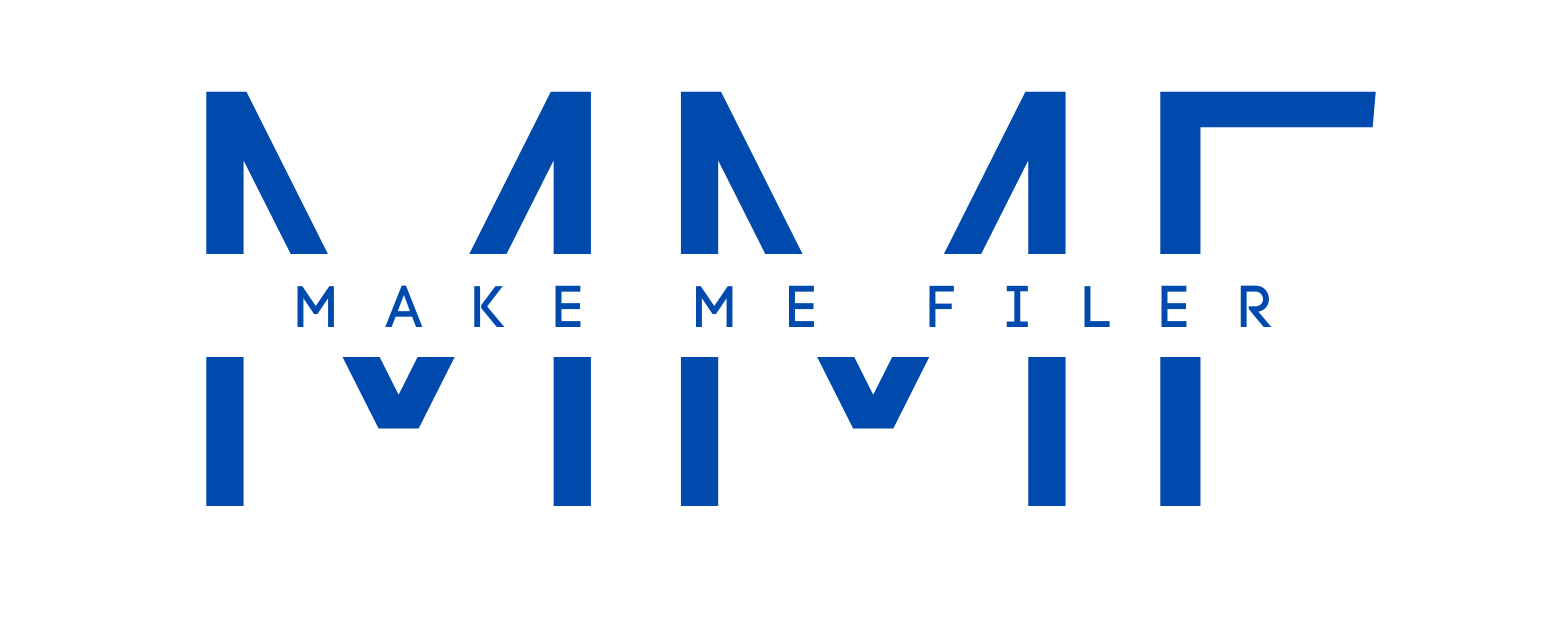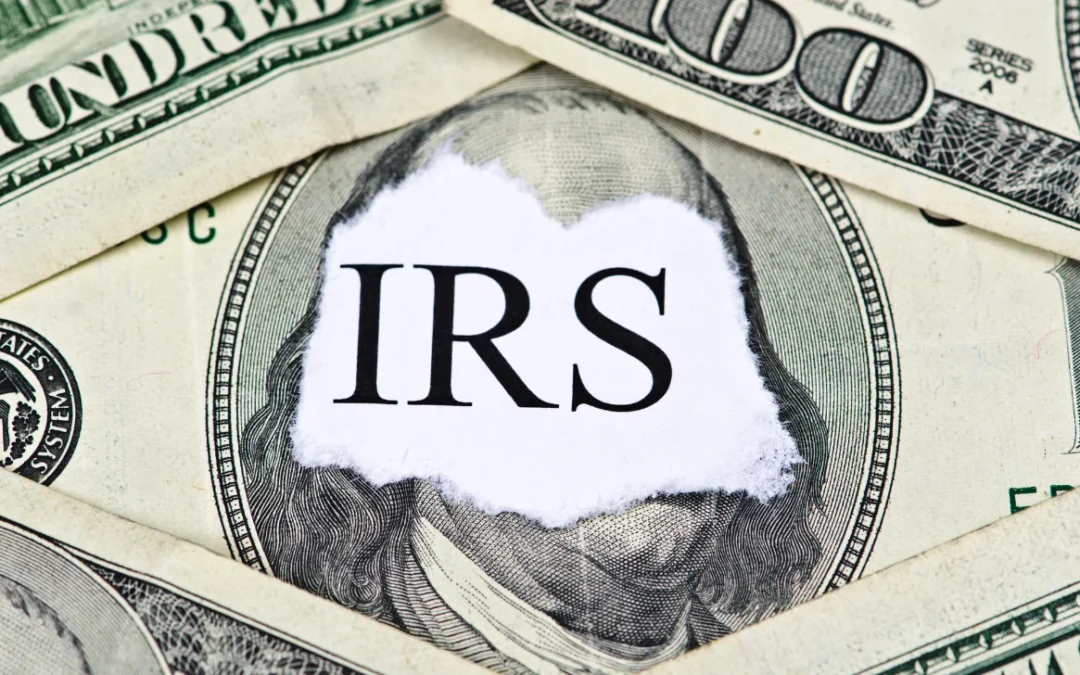Introduction
The Internal Revenue Service (IRS) has recently conducted a study on the viability of implementing a government-operated direct file program for taxpayers. This study precedes the agency’s planned launch of a Direct eFile pilot program during the upcoming 2024 tax filing season. While the concept of a prefilled tax return may appear to alleviate stress during the filing season, the current intricacies of the U.S. tax code pose significant challenges. Therefore, it is crucial for lawmakers to prioritize tax code simplification and enhancing existing taxpayer services before considering the implementation of a direct file program.
The Burden of Filing Taxes
According to the IRS, taxpayers spend an average of 13 hours filing their tax returns, incurring an estimated cost of $250 per return. Collectively, this amounts to a staggering $339 billion in compliance costs annually. The introduction of prefilled tax returns aims to allow taxpayers to fulfill their tax obligations without having to manually file a return. This approach seeks to reduce compliance burdens, enhance tax compliance, and encourage taxpayers to embrace electronic filing.
Prefilled Returns: Two Approaches
There are two primary methods to achieve prefilled tax returns: the exact withholding system (EWS) and the tax agency reconciliation system (TARS). Under the EWS, the government endeavors to withhold the precise amount of tax owed throughout the year by requiring taxpayers to provide relevant information to their employers or tax agencies at the beginning of the fiscal year. Conversely, the TARS relies on third-party information, such as data from a taxpayer’s bank and employer, to generate a prepopulated return. The taxpayer would then review the return for accuracy and proceed to pay any outstanding taxes or claim a refund.
Costs and Operational Challenges
The IRS estimates that implementing such a system would incur annual costs ranging from $64 million to $249 million, depending on usage and scope. The majority of these costs would be attributed to providing customer support, an area where the IRS currently faces challenges. Prior to introducing a direct file program, the IRS would need to address existing operational deficiencies and establish protocols for coordination with state and local filing requirements.
Maximizing Existing Free Tax Filing Programs
A report by the Internal Revenue Service Electronic Tax Administration Advisory Committee (ETAAC) recommends improving communication, marketing, and accessibility of the current free tax filing programs before investing in the development and implementation of an IRS Direct eFile platform. The report underscores the underutilization of the current IRS Free File program, which enables eligible taxpayers to file their returns at no cost in partnership with filing software companies. Astonishingly, of the 104 million eligible taxpayers, less than 3 million utilized the IRS Free File program for their 2017 federal income tax returns. It is evident that a Direct eFile program implemented by the IRS may encounter similar challenges, necessitating significant advertising expenditures to encourage taxpayer participation.
Obstacles and Drawbacks
Various factors render prefilled tax returns impractical. They are more likely to result in overpayments, disconnect taxpayers from their tax liabilities, compromise privacy, necessitate tax code simplification, and face resistance from American taxpayers. Furthermore, an experiment conducted by Ryan Ellis, an IRS Enrolled Agent, comparing tax returns prepared through the IRS Substitute for Return program with those prepared by a professional tax preparer consistently yielded better outcomes with the latter approach.
Complexity of the U.S. Tax Code
Perhaps the most significant hurdle to implementing prefilled tax returns is the complexity of the U.S. tax code, which encompasses diverse benefit programs related to education, healthcare, housing, child care, energy, and more. Even with an IRS-designed software platform, accurately assessing deductions and credits for individual taxpayers becomes challenging due to the lack of comprehensive third-party data that corresponds to specific taxpayer circumstances.
International Experiences
Prefilled tax returns have been experimented with in 36 countries worldwide. In the United States, California piloted a program called “Ready Return” in 2005, which has since been discontinued. The outcomes of such programs vary; they can disproportionately burden small businesses and often require taxpayers to file their own returns in complex situations. A study by Miguel Fonseca and Shaun Grimshaw from the University of Exeter simulated the effects of prefilled tax returns, revealing minimal improvements in compliance and potential negative impacts if taxpayers encounter obstacles while correcting inaccurately populated values.
The Estonian Model
Conversely, Estonia serves as a successful example of a country where prefilled tax returns have flourished, thanks to the simplicity of their flat 20 percent individual income tax system. The Estonian tax agency gathers taxpayer information from banks and employers to create prefilled tax returns, resulting in taxpayers being able to complete their filings in approximately three minutes. The Tax Foundation recently examined the economic and compliance benefits of reforming the U.S. tax code to match Estonia’s system. The analysis revealed a potential boost of 2.5 percent to long-run GDP and potential compliance savings exceeding $100 billion annually.
Conclusion
Considering the complexities of the current U.S. tax system, it is challenging to envision the IRS Direct eFile Program operating smoothly. Instead, lawmakers should address the fundamental issue that leads to taxpayer frustration: the highly intricate tax code. By prioritizing tax code simplification and strengthening taxpayer services, the IRS can create a more efficient and effective system that better serves the needs of taxpayers.

